Get the week's most popular posts delivered to your inbox.
Our weekly update is free yet priceless and you're less than a minute away from getting the current edition.
In the unlikely event we disappoint, you can unsubscribe with a single click!
Last Updated on May 22, 2024 by teamobn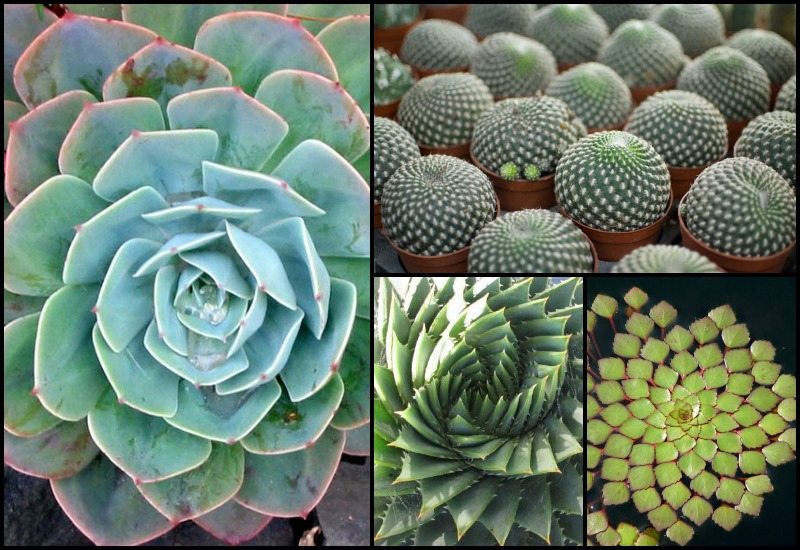
If you take the time to know more about nature, you’ll be amazed at the many wonders it offers — and geometrical plants are just one of them. There are plants that double as home decors because of their beauty. One look and you’ll immediately know why.
Geometrical plants are a wonderful addition to any garden. These plants are not only great for decorations but work well as mother’s day gifts.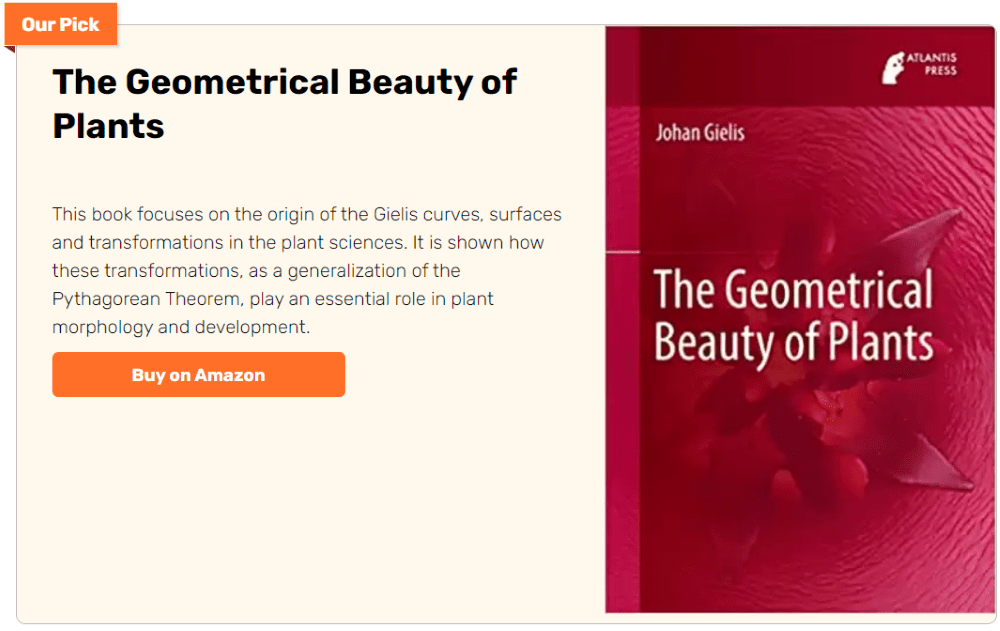
Geometrical plants are plants that have leaves that are shaped like geometric figures. These plants are more popular among artists and landscapers because they add some uniqueness to any garden.
These are plants with leaves, flowers, or fruit that is symmetrical, with either perfect radial symmetry or mirror symmetry. These plants are also called Centric Plants.
These plants would definitely have you gazing in awe at their definite patterns and shapes. If you love symmetry, you can grow some of these in your own yard to enjoy!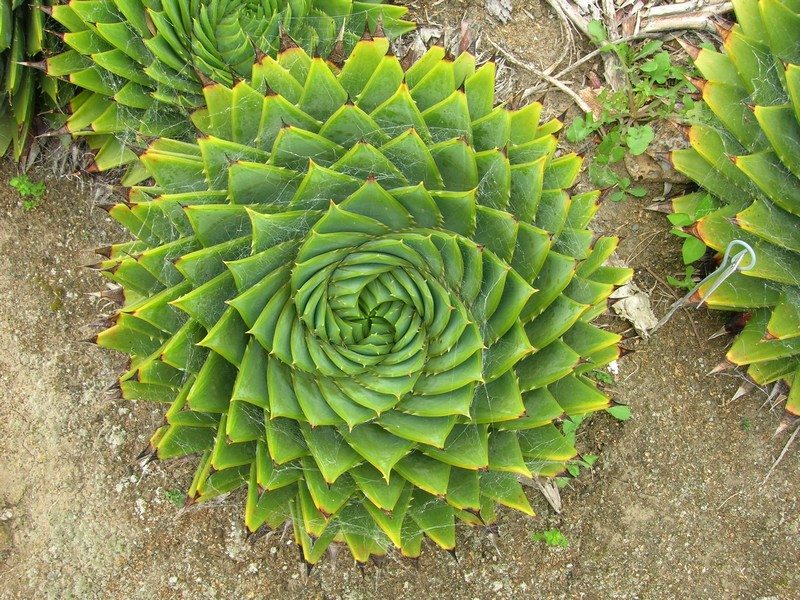
We suppose what Galileo Galilei once said is true — that “[The universe] is written in the language of mathematics, and its characters are triangles, circles, and other geometric figures.” 😉
Click on any image to start the lightbox display. Use your Esc key to close the lightbox. You can also view the images as a slideshow if you prefer ![]()
Geometrical Plants Gallery
Aloe Polyphylla
Aloe polyphylla (Aloe Blacc) is a succulent plant that originates from the Southern Cape of Africa. It is commonly known as aloe leaf and is used in the production of Aloe Vera gel and in cosmetics and skincare products.
At first glance, the leaves look like Fibonacci nautilus shells and they grow in a spiral on the branches of the plant. The plant is grown in the rockeries and is ideal for the succulent and cactus collection.
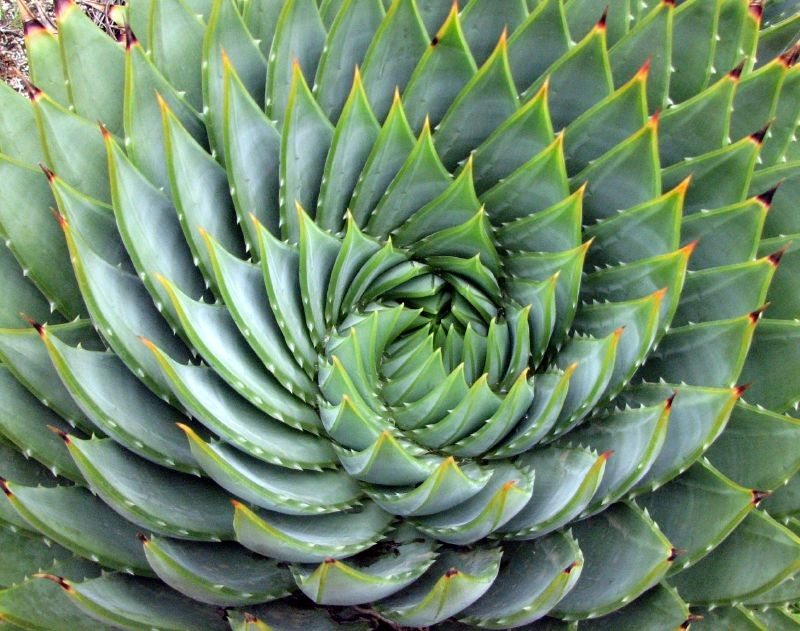
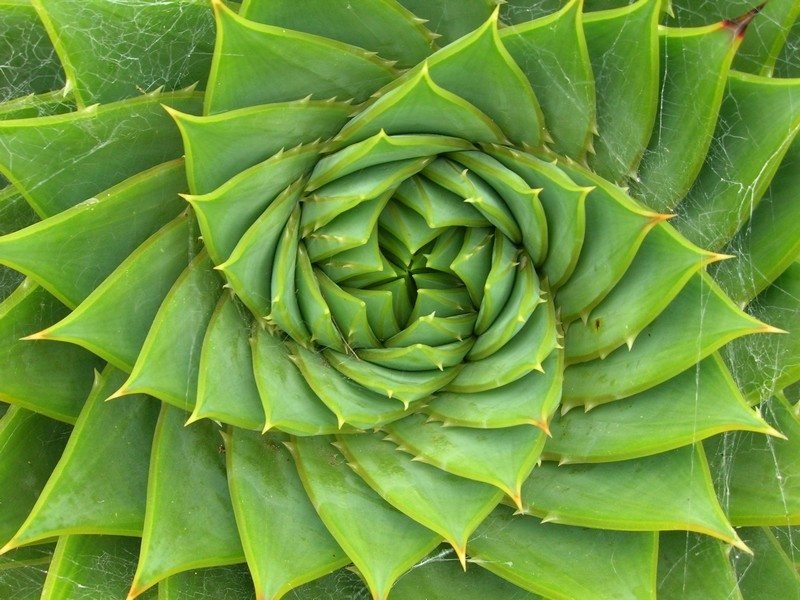
Romanesco Broccoli
Romanesco is a type of cauliflower characterized by a fractal pattern formed of very small concave shapes, made of a series of smaller, nested Romanesco structures, a fractal of fractals.
The Romanesco broccoli is a traditional vegetable of the Italian region of Liguria, particularly common in and around Genoa, the capital city of Liguria. It is also known in Italy as Broccolo Romanesco, useful to know when ordering in restaurants.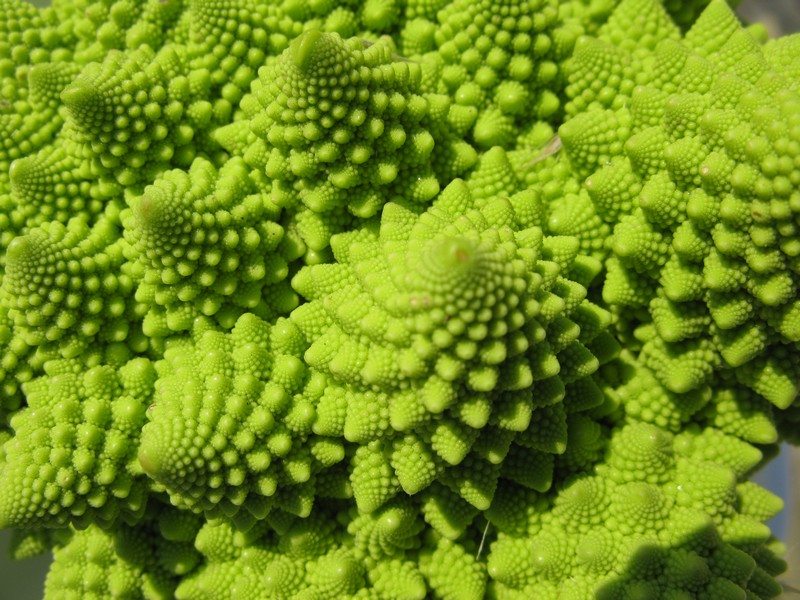
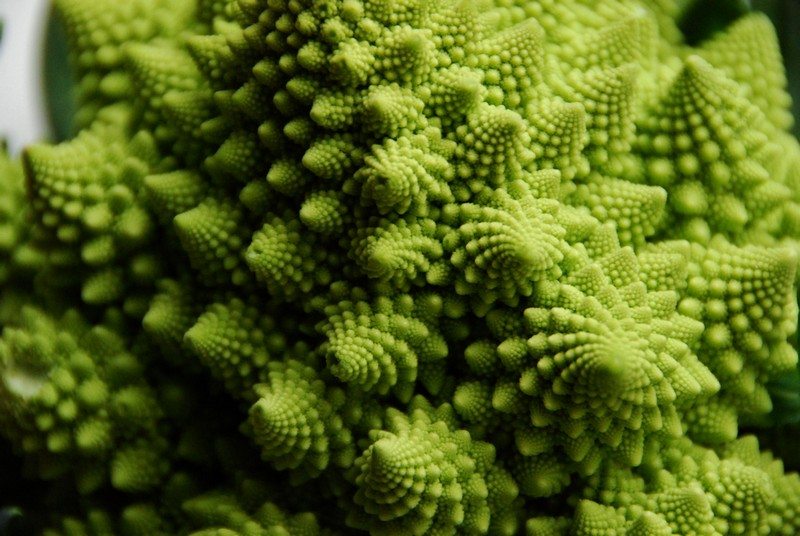
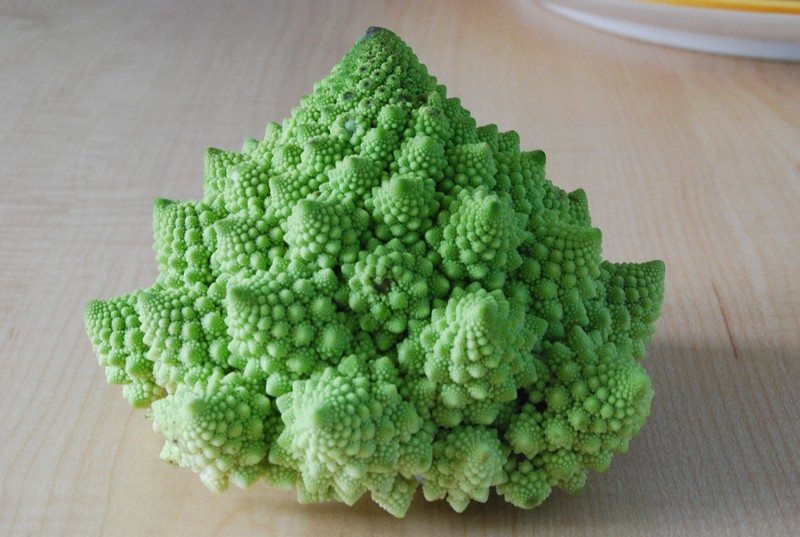
Crassula Buddha’s Temple Plant
This is a succulent plant that can grow to a few feet high. The leaves are thick and waxy, and the plant does well in low light but can be a bit more picky in full sunlight.
The leaves grow in opposite directions for a symmetrical look. In the spring it will flower, usually with red and pink flowers, but it can also be grown in a variegated color to give it a different look.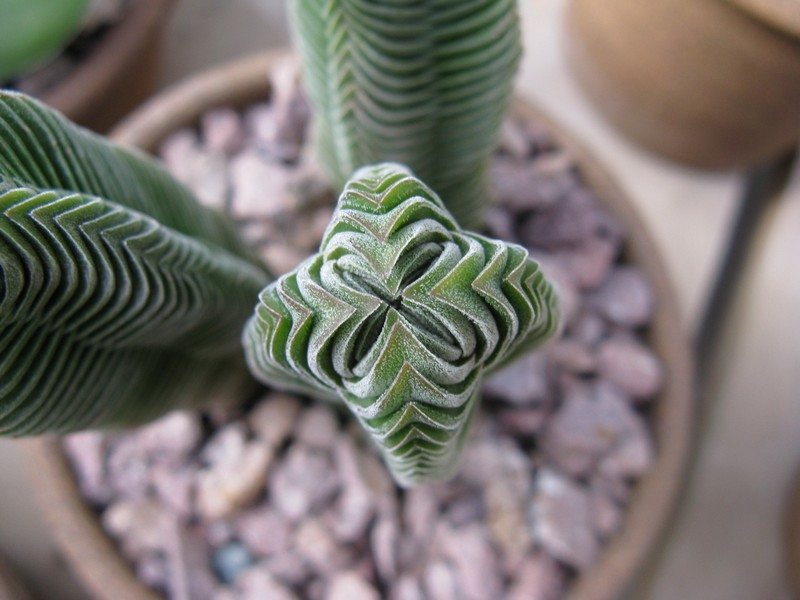
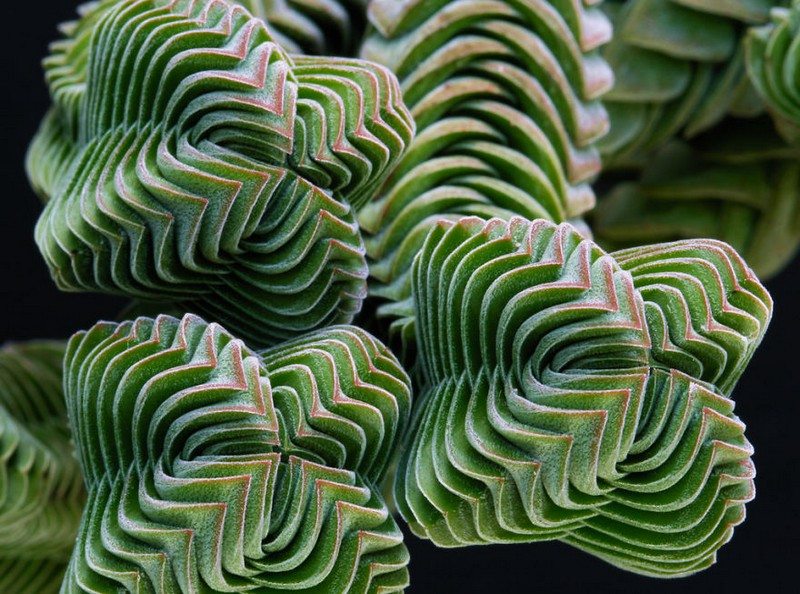
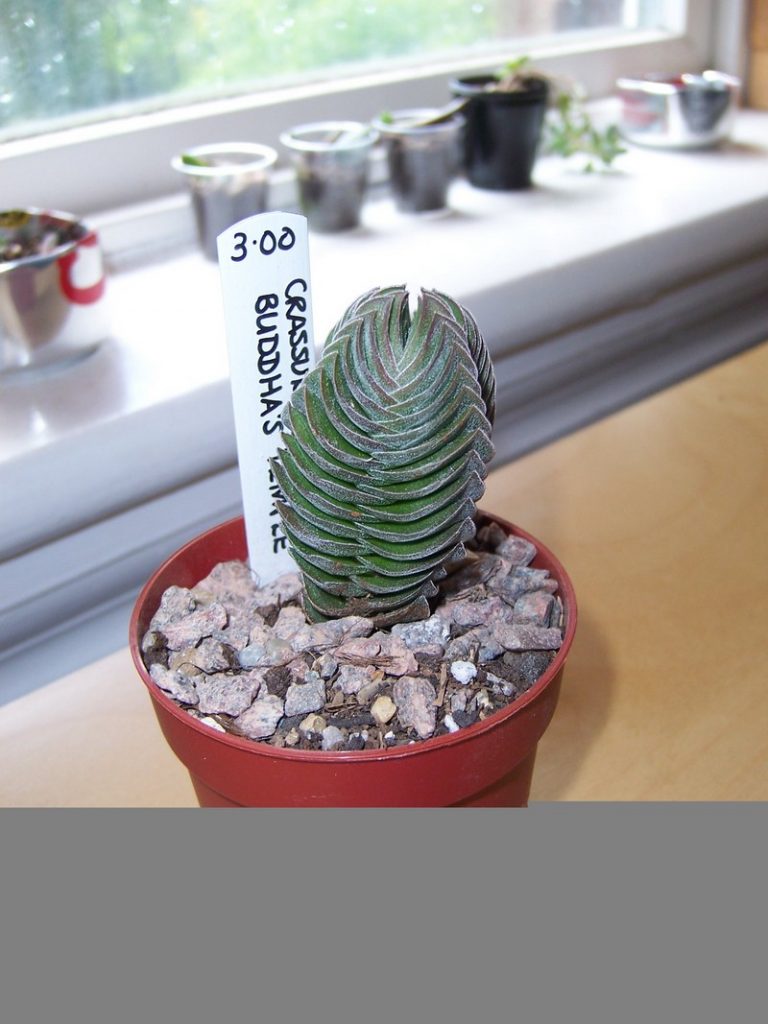
Drosophyllum Lusitanicum
It’s a great example of geometrical plants. The flower of this plant is very strange. It consists of two fused parts, a narrow tube-like part and a large section that is bulbous at the end.
Both sections are colored red to bright pink. The tube-like part is the male part of the flower and the latter is the female part.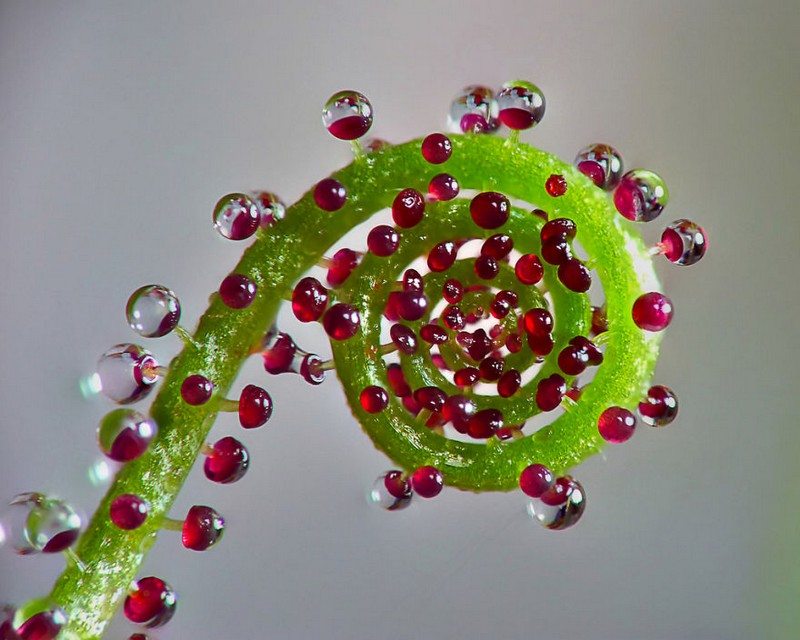
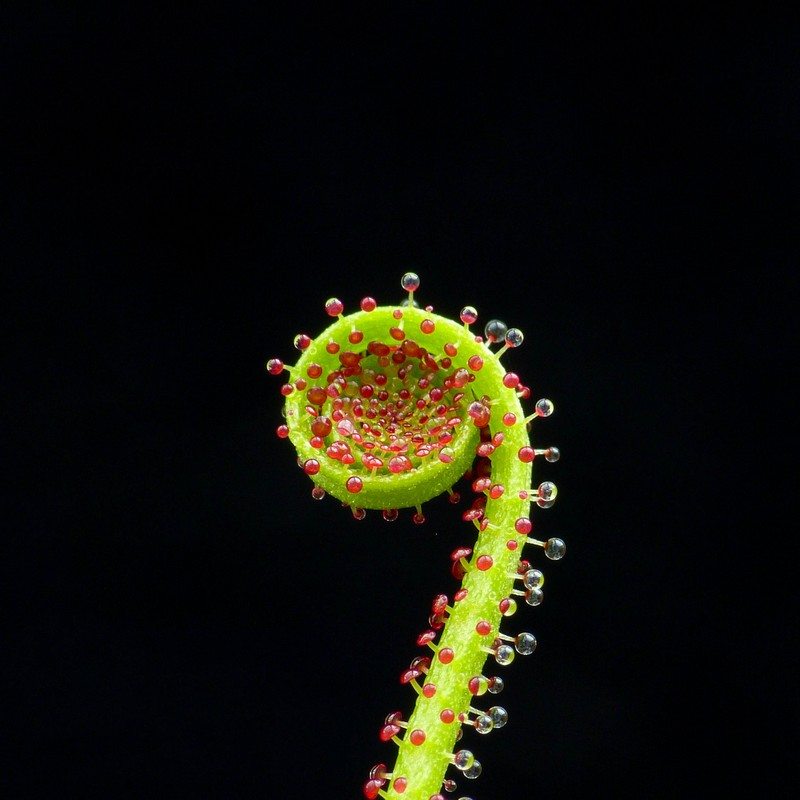

Sunflower
Sunflowers are an excellent example of geometrical plants, with a central disc and a series of spiraling cycles. Sunflowers are a big plant that you can grow in your garden.
Sunflowers can grow up to 10 feet in height. The sunflower is a bright and cheerful plant that will attract lots of birds and butterflies to your garden. Sunflowers can grow almost anywhere on Earth.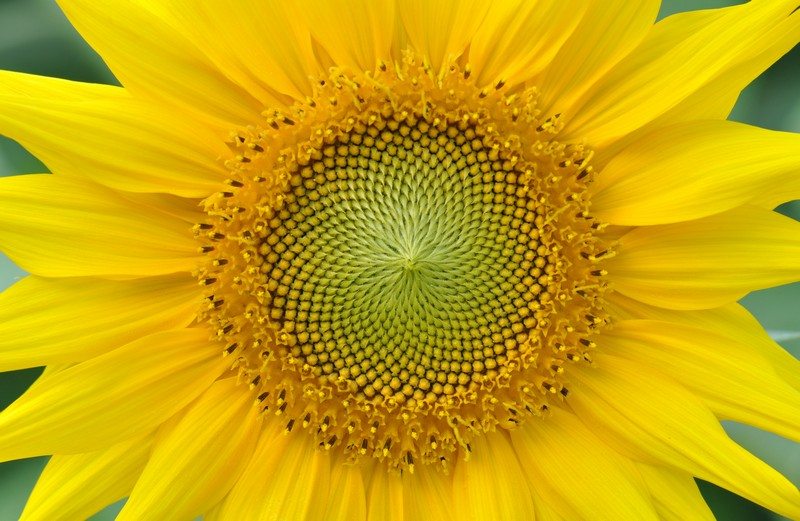
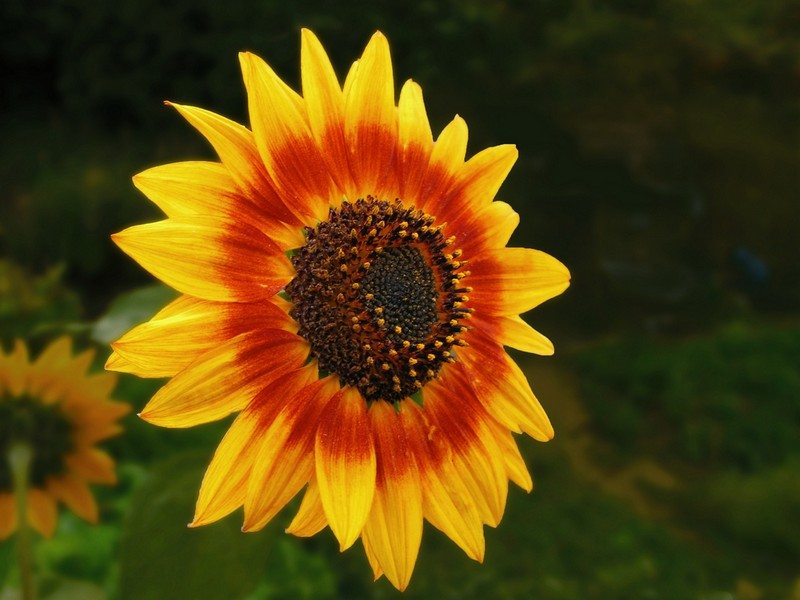
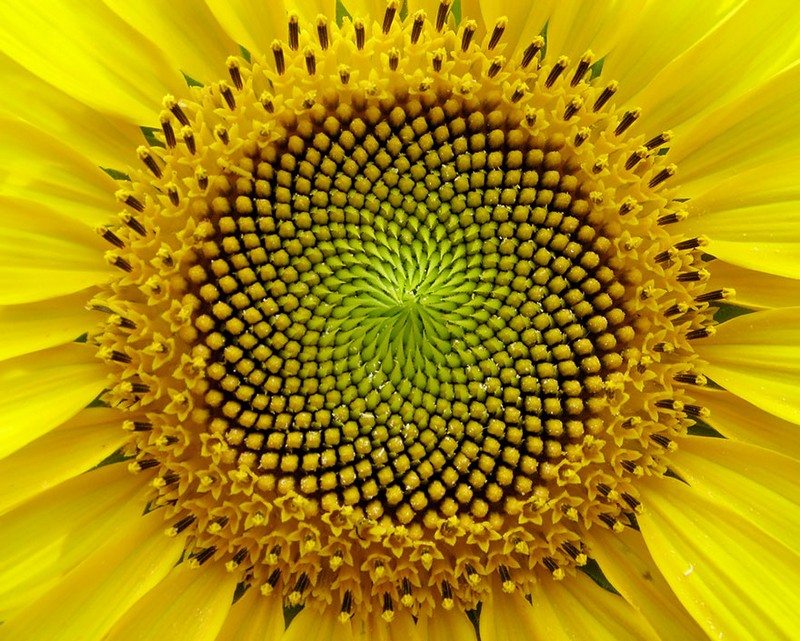
Camelia
The camelia is a beautiful flower that is favored by many gardeners. It has a large and spreading habit, provided it is planted in a large enough pot or in the ground.
It is an excellent plant for a large container, as long as it is large enough. It has a great habit, and an excellent display of flowers, if it is pruned correctly. A young plant in a pot should be able to hold at least 12 to 15 flowers.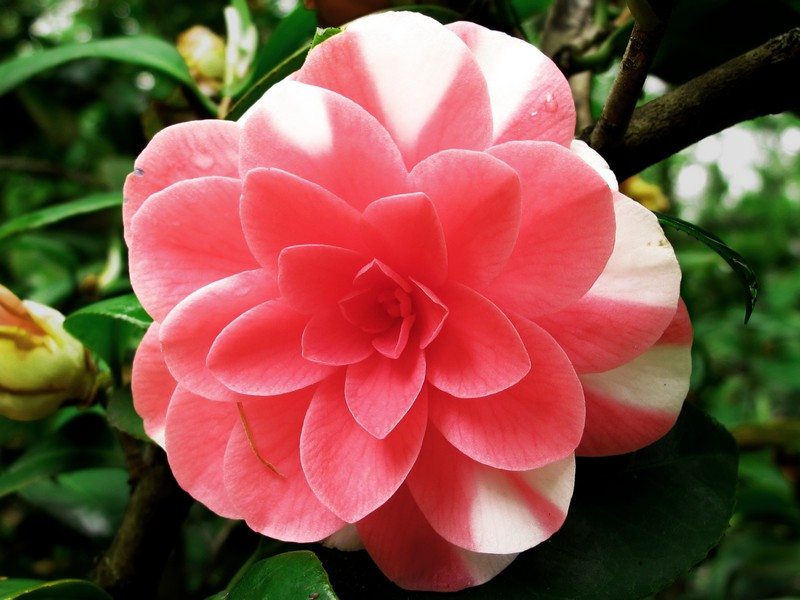
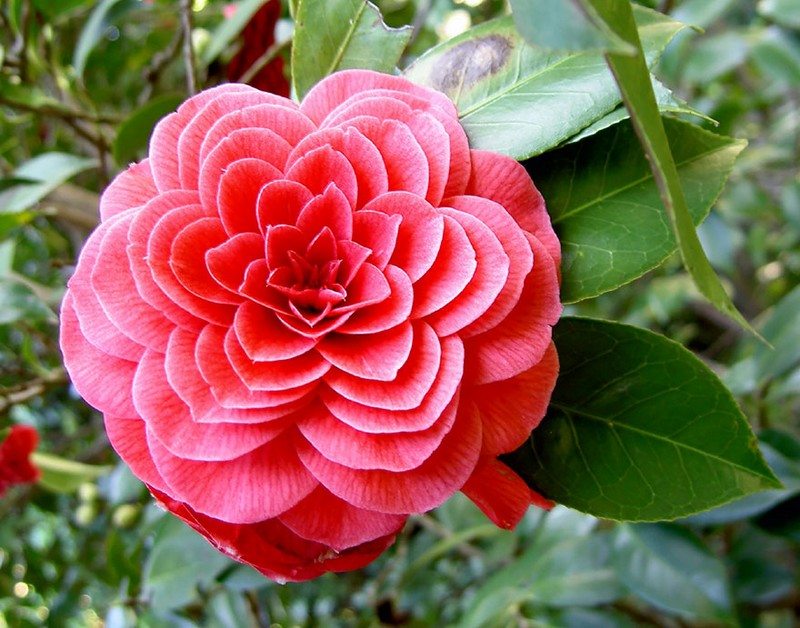
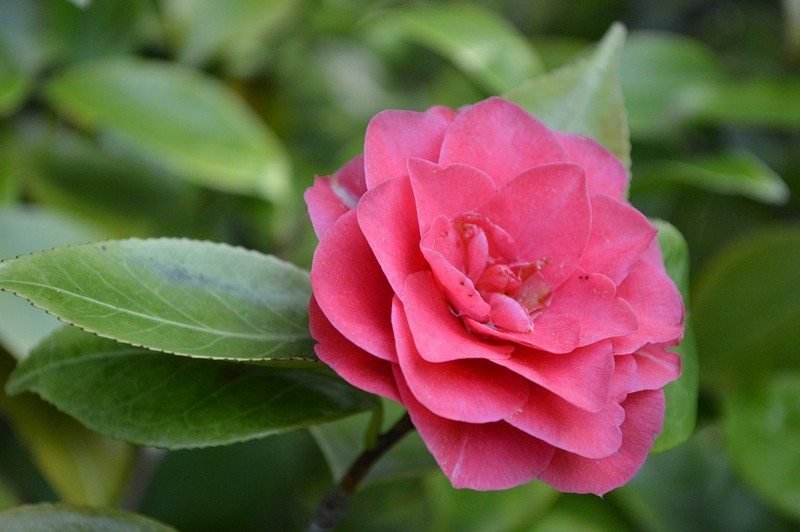
Ludwigia Sedioides
Ludwigia sedioides is a beautiful, emerald green aquatic plant that is native to the southeastern United States and is one of the best examples of geometrical plants. It is one of the many aquatic or semi-aquatic plants that are commonly sold at most pet stores.
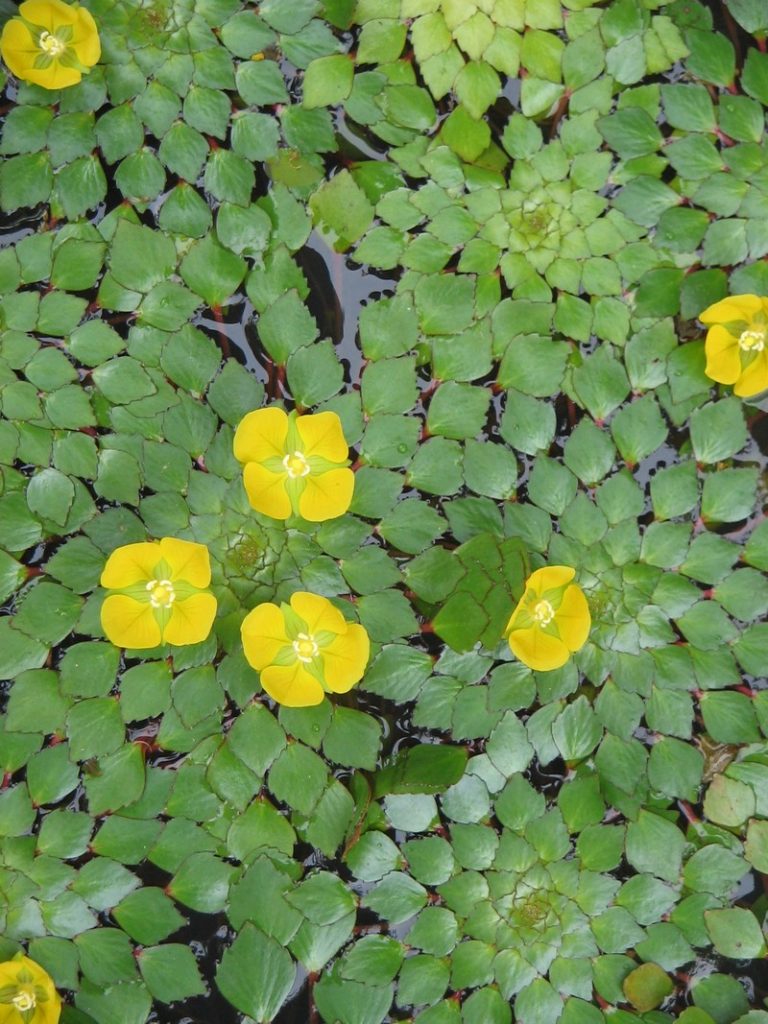
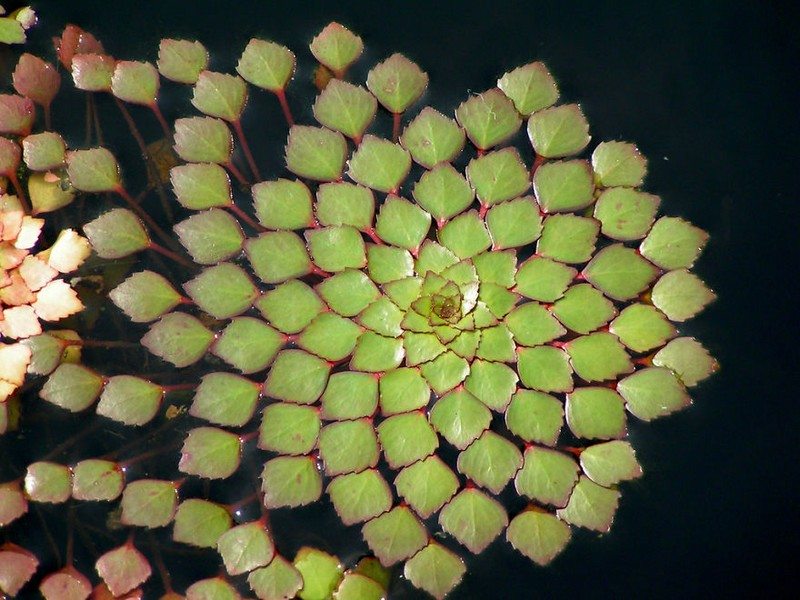
Hoya Aldrichii
Hoya Aldrichii plant is a great example of geometrical plants. The Hoya Aldrichii has light green oval leaves and, if you are lucky, white flowers.
The leaves are waxy and can be described as thick, succulent, leathery and resinous. The Hoya Aldrichii is a very slow-growing plant, making it easy to care for if you are a newbie. It is a great plant to have if you are a beginner or a pro at plant care.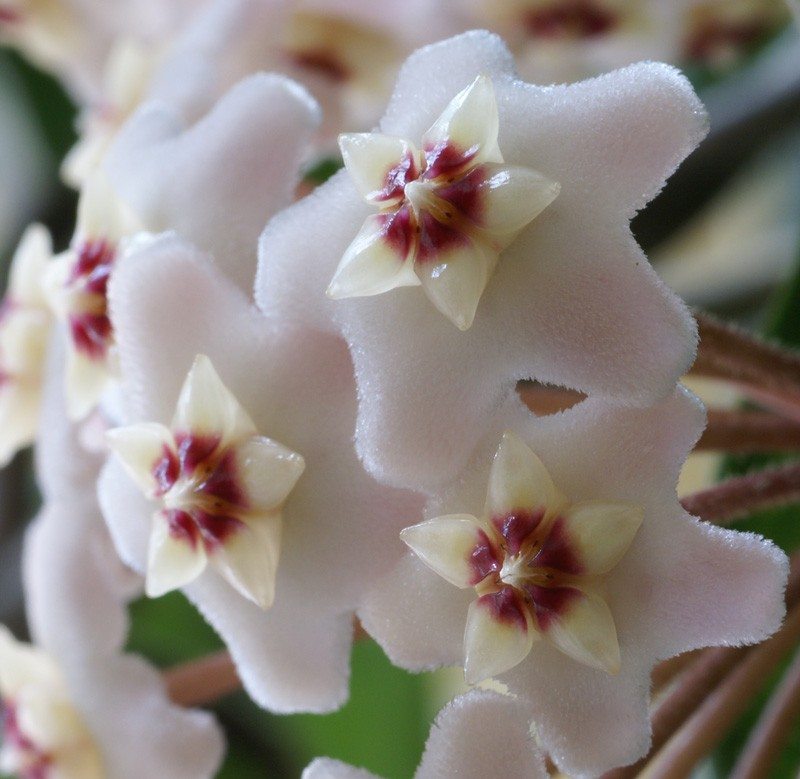
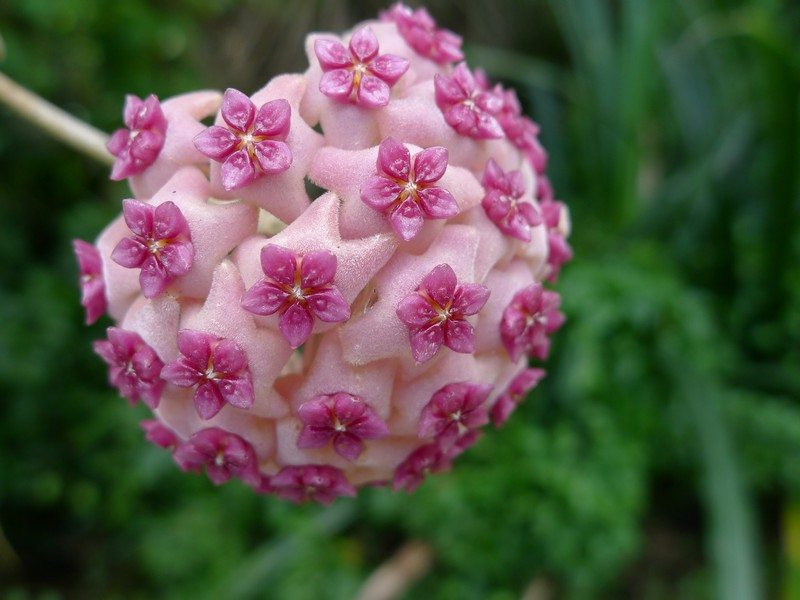
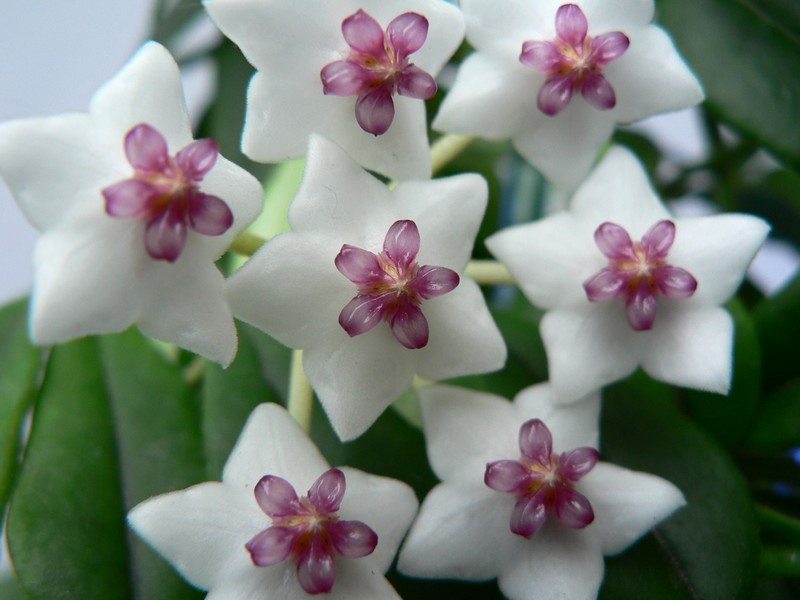
The Science Behind Geometric Plant Shapes
The symmetry and patterns in our surroundings frequently best illustrate the craftsmanship of nature. Because of their complex shapes and exact patterns, geometric plants provide an intriguing window into the mathematical language of the natural world.
The scientific ideas underlying these enthralling forms are explored in this part. We show why geometrical plants are important for botany and mathematics research in addition to being beautiful.
Mathematical Principles in Plant Design
Many geometrical plants display patterns that adhere to the Fibonacci sequence or showcase the golden ratio, principles that are widely recognized in various natural phenomena and art.
The Fibonacci sequence, a series of numbers where each number is the sum of the two preceding ones, manifests in the arrangement of leaves, seeds, and even the growth patterns of stems and roots. This sequence ensures optimal exposure to sunlight and moisture, supporting the plant’s growth in the most efficient way possible.
The golden ratio, approximately 1.618, is often found in the spiral arrangements of leaves and flowers. This ratio is believed to contribute to the aesthetic appeal of geometrical plants, making them particularly pleasing to the eye. Studies have suggested that this pattern minimizes the overlap of leaves, maximizing light capture for photosynthesis.
Symmetry in Survival
The symmetry seen in geometrical plants is not just a byproduct of their growth; it plays a crucial role in their survival. Radial symmetry, where similar parts of a plant radiate from a central point, is common in many flowers and helps in attracting pollinators, who are drawn to the plant’s uniformity and accessible design. Mirror symmetry, another common pattern, helps plants manage environmental stresses such as wind or weight of snow evenly across their structure.
Geometric Growth Patterns: A Blueprint for Efficiency
The growth patterns of geometrical plants are often guided by the principles of optimal packing and efficient resource distribution. This is seen in the dense, compact arrangement of seeds in a sunflower’s center or the tightly packed leaves of an aloe polyphylla. These patterns are not just visually striking; they represent nature’s strategy to minimize wasted space and maximize reproductive success.
Understanding the science behind geometrical plants enhances our appreciation of these natural wonders and highlights the intricate connection between mathematics and the biological world. This knowledge not only deepens our understanding of plant evolution and adaptation but also inspires applications in design, architecture, and sustainable living practices.
Cultivation Tips for Geometrically Shaped Plants
Geometrical plants, with their striking shapes and patterns, make a bold statement in any garden or indoor setting.
Growing these plants successfully requires understanding their unique needs and providing the right conditions to thrive. Here are some essential tips to help you cultivate geometrical plants, ensuring they remain healthy and maintain their beautiful symmetry.
Choosing the Right Location
The first step in cultivating geometrical plants is selecting the right location.
These plants often require a balance of sunlight and shade to maintain their vibrant colors and symmetrical patterns. For outdoor gardens, choose a spot that receives morning sunlight and partial afternoon shade to protect them from harsh midday rays. Indoor plants should be placed near windows that offer bright, indirect light. Avoid locations where temperature fluctuations are common, as consistent conditions are key to maintaining the health of geometrical plants.
Soil and Watering Needs
Proper soil composition and watering are crucial for the health of geometrical plants. These plants generally prefer well-draining soil to prevent root rot and other water-related issues. A mix of potting soil with sand or perlite can enhance drainage and provide the right texture for root growth.
Watering needs vary among different types of geometrical plants, but most require a consistent moisture level without being overly wet. It’s important to establish a regular watering schedule and adjust based on the plant’s response and seasonal changes. Always check the top inch of soil for dryness before watering.
Fertilization and Maintenance
To keep your geometrical plants looking their best, regular feeding with a balanced fertilizer is recommended. During the growing season, fertilize every four to six weeks to support robust growth and vibrant patterns. In the dormant winter months, reduce fertilization to prevent unnecessary stress on the plants.
Pruning is another important aspect of maintaining geometrical plants. Regularly remove dead or overgrown sections to promote new growth and preserve the natural symmetry of the plant. This not only enhances the plant’s appearance but also improves its overall health.
Pest and Disease Management
Geometrical plants can attract certain pests and diseases, particularly if they are stressed or improperly cared for. Monitor your plants regularly for signs of distress, such as discolored leaves or stunted growth. Treat infestations early with appropriate organic or chemical treatments, depending on the severity and type of pest.
Implementing these cultivation tips will help ensure that your geometrical plants grow healthy and maintain their stunning geometric patterns.
Whether you’re an experienced gardener or a beginner, these practices will enhance your gardening experience and lead to successful cultivation of these unique plants.
Conclusion
Geometrical plants captivate both gardeners and nature enthusiasts with their precise patterns and symmetrical beauty. These plants not only enhance the aesthetic of any space but also demonstrate the fascinating intersection of nature and mathematics. Cultivating them successfully requires careful attention to their specific needs, enriching our understanding and appreciation of botanical diversity.
If you liked this, you might also like these Landscaping and Garden Ideas…
Get the week's most popular posts delivered to your inbox.
Our weekly update is free yet priceless and you're less than a minute away from getting the current edition.
In the unlikely event we disappoint, you can unsubscribe with a single click!






